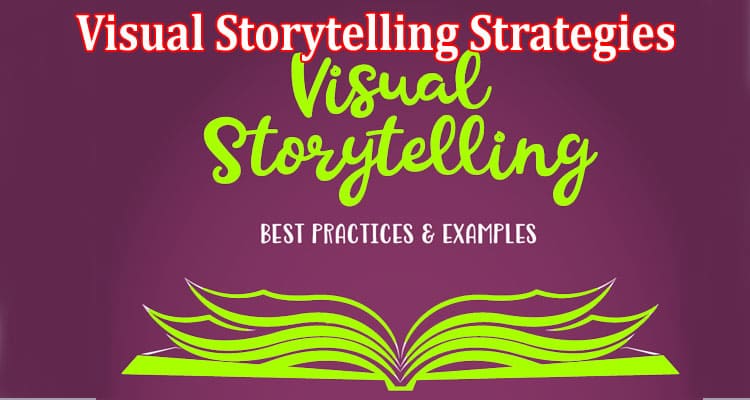How Visual Storytelling Strategies Help Promotions
Marketing, at its core, has always been about narrating compelling stories. Yet, with the evolution of time, the canvas for these narratives has undergone significant changes. One of the pioneering strategies in the present-day marketing milieu is visual storytelling, especially when applied through Instagram ads management. But how does visual storytelling truly bolster promotions? To answer this question, you’ll dive deep into the captivating aspects of visual storytelling and understand how these components amplify promotional strategies.
1. Capturing Attention
In the hyperactive, fast-paced digital era, attention spans are rapidly dwindling. Amid this landscape, a skilfully curated visual story can slice through the digital cacophony, instantly catching a viewer’s attention. It serves as a bright lighthouse that punctures the pitch-black night, capturing the focus of those adrift in the overwhelming sea of digital content.
Since visuals are processed up to 60,000 times faster than text, they offer a potent tool to swiftly and effectively stimulate viewer interest. Furthermore, a well-crafted visual can convey a narrative more powerfully than a lengthy article, facilitating immediate comprehension and piquing the viewer’s curiosity.
2. Provoking Emotion
The potency of visual storytelling lies in its inherent ability to arouse emotions more effectively than mere text. Much like a picture can encapsulate a thousand words, an emotionally-charged visual narrative can resonate with audiences on a deeper, more personal level, inspiring them to take action. Studies show that emotional responses significantly influence purchase decisions, often surpassing the effects of actual content. Thus, emotional visual storytelling emerges as a crucial tool in promotions, eliciting feelings that drive consumer behavior.
3. Facilitating Understanding
Visual stories have a unique capacity to simplify complex ideas, making them more palatable and engaging for viewers. This attribute is particularly advantageous when promoting a product or service involving intricate details or advanced concepts.
Visual stories function as user-friendly guides in advertising, steering viewers through a narrative in an accessible format, thus enabling them to make informed purchasing decisions. By portraying data and information graphically, marketers can facilitate better comprehension and promote informed decision-making among their target audience.
4. Enhancing Brand Recall
Inventive visual narratives can leave a lasting impact, significantly enhancing brand recall. The human brain naturally tends to remember images and stories more than facts or figures. Hence, visual storytelling is akin to leaving an indelible footprint on the sands of your viewer’s mind, ensuring your brand isn’t easily erased from their memory.
5. Driving Engagement
Interactive visual stories offer a dynamic platform for viewers to engage with your brand. As noted by Adroll, a leader in the advertising industry, “Upload new creative assets straight to the AdRoll Ad Library and swap them directly into your Facebook campaigns.” Inviting audiences to participate in the story fosters a two-way interaction that makes the experience more memorable and personal. It’s akin to hosting an interactive art exhibition, where viewers morph into participants, thus fostering a deeper connection with your brand.
Incorporating these elements into your promotional strategy can dramatically escalate the effectiveness of your marketing campaigns. Visual storytelling is not merely about crafting an eye-catching image or video. Instead, it’s about painting a vivid, emotionally resonant picture that doesn’t just draw viewers in but also leaves a lasting impression.
By leveraging the power of visual storytelling, marketers can steer their brand’s narrative in a way that truly reverberates with their target audience, ultimately propelling the brand forward in the competitive digital marketplace.




